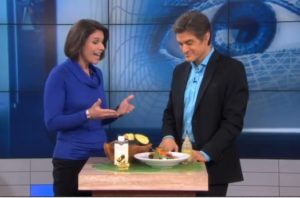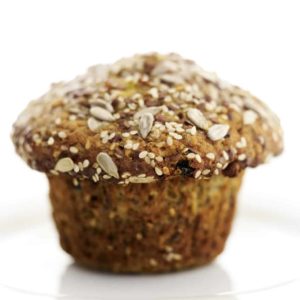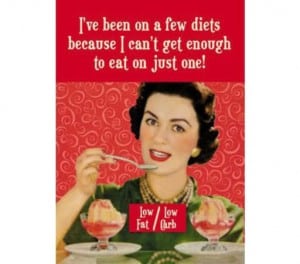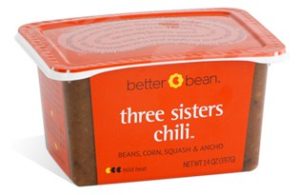If you’re trying to lose weight—or to keep from gaining—you need to be careful not to eat too many calories. But it’s no fun to stop eating before you feel satisfied, or to be hungry again long before it’s time to eat. Fortunately, there are several things you can do to limit calories without sacrificing satisfaction.
Last week, I talked about foods that promote satiation, or the feeling of being comfortably full after a meal. If you’re just joining the conversation, I suggest you go back and review that episode first. This week, I am going to focus on factors that affect satiety, or how long you can go before feeling hungry again. If you’re trying to limit your calorie intake, you’ll want to be using both of these factors (satiation and satiety) to your advantage!
This article is also available as a podcast. Click to listen:
What Factors Affect Satiety?
When studying satiety, researchers might give people certain foods and then ask them to rate their appetite after 1, 2, or 3 hours, comparing the length of time it takes for people to feel hungry after they eat various combinations of foods. Another way to study satiety is to give people a certain meal or snack and then measure how much they eat at the next meal. Here’s what researchers have found:
Protein. Compared with carbohydrates and fats, protein appears to offer the greatest satiety for the fewest calories. For example, you might feel full immediately after eating a big bowl of salad greens but the feeling of fullness probably wouldn’t last very long. Adding protein to the salad, in the form of some chicken, fish, eggs, or tofu, would keep you satisfied for quite a bit longer.
Fiber. Fiber is another factor that increases satiety, or the length of time before you feel hungry after eating. For example, a glass of apple juice and an apple have the same number of calories and roughly the same amount of carbohydrates and sugar. But the apple has more fiber. As a result, the apple enhances your satiety—it will keep you satisfied for longer than the glass of apple juice would. So, in addition to including some protein in your meals and snacks, try to include fiber as well. Legumes, fruits and vegetables, whole grains, and nuts are all good sources of fiber.
Visual Cues. In last week’s episode, I pointed out that some of the factors affecting satiation are purely environmental. Eating calorie-dense foods on smaller plates, for example, can cause you to stop eating sooner. Environmental or visual cues also play a role in when you decide to start eating. Researchers went into typical office environments and put dishes of chocolate candy either right on top of the desk, out of sight in a desk drawer, or a few feet away on a shelf—so not only was it out of sight but you actually had to stand up to get to it. You can probably guess what happened. People only ate half as much chocolate when it was in the desk drawer as they did when it was out on the desk. When it was on a shelf a couple of feet away, they ate the least of all.
By the way, this effect works in reverse, as well. Making vegetables, fresh fruit or other healthy snacks more visible and convenient can increase your intake of these foods. But my point here is that you will feel the urge to eat sooner and more often if you are surrounded by food. Out of sight is not only out of mind but out of mouth as well.
Use Satiety AND Satiation to Your Advantage
I hope I’ve given you some insight into the difference between satiation and satiety, and the types of foods that promote each. If you’re trying to cut calories, be sure to use both to your advantage. When planning your meals and snacks, include foods that are lower in calories but satiating—such as raw vegetables and broth-based soups. But in addition, be sure to include foods that provide lean protein and fiber, which enhance satiety so you don’t get hungry again as quickly. I’d certainly try to limit foods (such as jelly beans or soda) that don’t provide satiation or satiety. Finally, do what you can to get your environment working for you and not against you!
Originally published at QuickandDIrtyTips.com
 What have you always wanted to know about coffee? I’ll be on the TODAY show this Thursday (3/14) to talk about America’s obsession with coffee and how it may be helping (or harming) our health. Tell the TODAY how you feel about your coffee and tweet your questions to the producers using the tag #caffeinatednation. We’ll be answering many of those questions during the segment, which should air about 8:20am (ET).
What have you always wanted to know about coffee? I’ll be on the TODAY show this Thursday (3/14) to talk about America’s obsession with coffee and how it may be helping (or harming) our health. Tell the TODAY how you feel about your coffee and tweet your questions to the producers using the tag #caffeinatednation. We’ll be answering many of those questions during the segment, which should air about 8:20am (ET).




